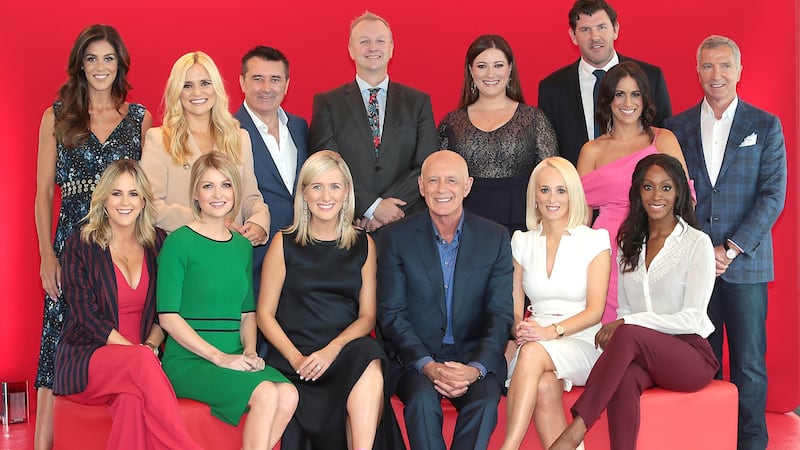The test card had been transmitting for 12 days before the Indian summer's Sunday when taoiseach Bertie Ahern pushed the button that put TV3 on air. It was 5.28pm, September 20th, 1998, and from an unglamorous industrial estate in Ballymount, Dublin, the State's first commercial television broadcaster bounced into analogue life. There was no recital of Yeats and Pearse as there had been in December 1961 at the birth of RTÉ.
"We went on air one day earlier than we said we would. I think it was just 'we're ready, so let's go,' remembers Áine Ní Chaoindealbháin, then a vision mixer and studio director, now director of operations for the newly rebranded Virgin Media Television. "That was typical of TV3. You would decide to do something and it was 'okay, let's do it'."
Ballymount was brimming with new technology, new toys. “It was so exciting, so full of young people. We were trying to break boundaries.”
After a decade of political wrangling and stop-start investment, the channel sneeringly dubbed "Tallaght TV" by its RTÉ rivals began with the half-hour teaser show This is TV3, then it was straight into the Six O'Clock News presented by Gráinne Seoige, the one face known to viewers through TnaG, and Alan Cantwell. TV3's arrival was third on its own running order, topped that day by Bill Clinton's grand jury testimony of his "inappropriate intimate contact" with Monica Lewinsky.
Martin King, veteran of cash calls on 98FM, was the weatherman. "I was quite nervous, as you would be," he says. But he had the perfect prop for that glorious day. "I wore sunglasses and said this forecast is so bright I'm going to have to wear shades."
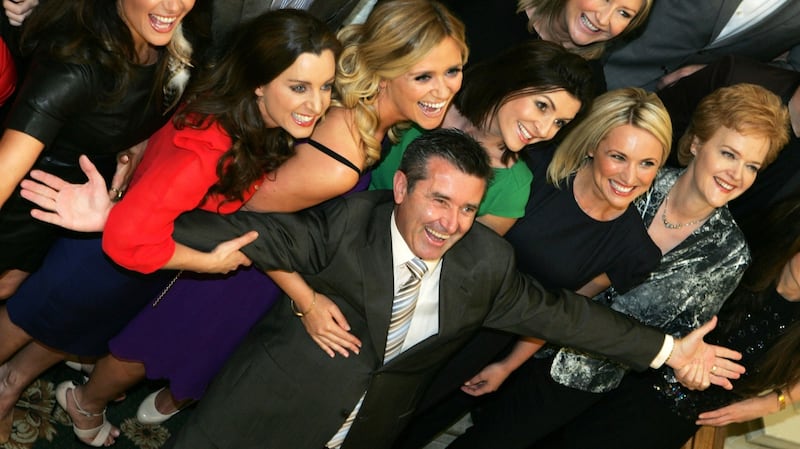
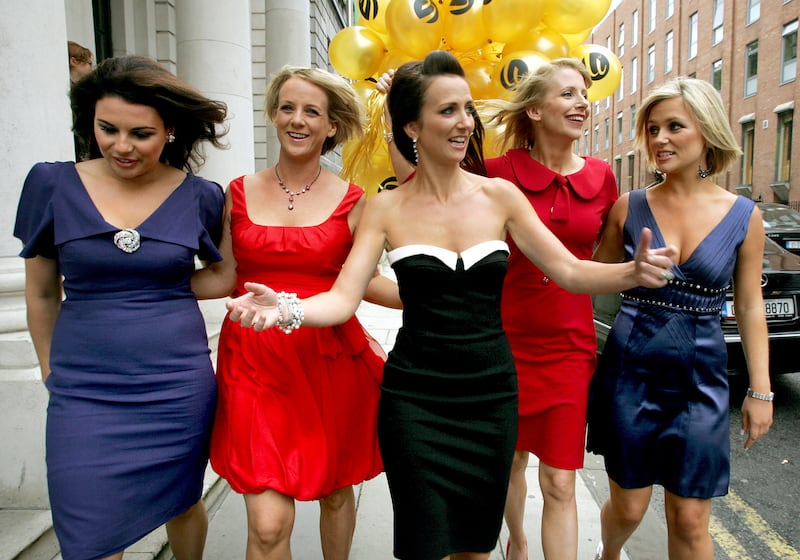
This was TV3, and it wasn’t going to do things the staid, po-faced RTÉ way. Its news hour had breezy entertainment segments, courtesy of ex-voice of AA Roadwatch Lorraine Keane, and it had King, who brought an ironing board on air and demonstrated how to use it as a surfboard.
TV3 had 145 employees and it seemed an even greater number of haters. The patch-protecting established media was less than enthralled, grumbling about a "dumbing down" of standards. A "provincial version of Sky" was one of the kinder verdicts in The Irish Times television review: "poor man's Sky" and even "bastard son of Sky" were among the epithets that appeared elsewhere. In 1998, the sexist, back-handed label "babe" was in tedious vogue among male commentators, and TV3 was said to be full of "babes". When the news was moved from 6pm to avoid the self-inflicted wound of a clash with RTÉ, the Irish Daily Mirror ran a front page splash with the headline "Telefloppies" and the presenters' faces superimposed on the bodies of the Teletubbies.
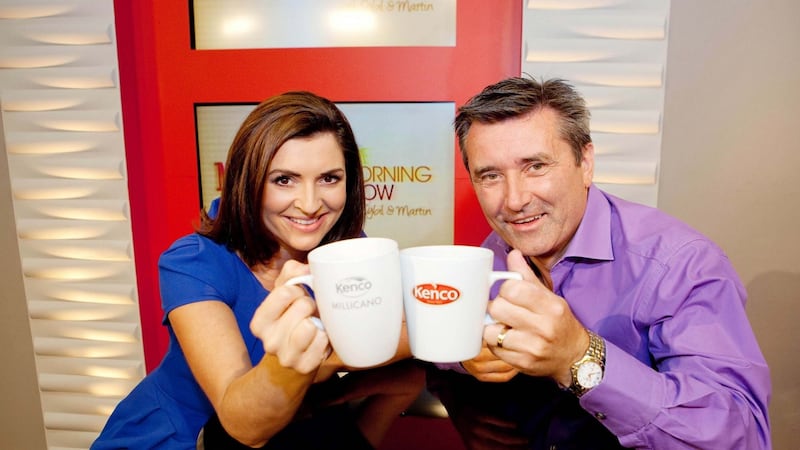
“I remember being told by someone in RTÉ, ‘I’ll give it a year, two years, then you’ll be gone.’ Now here we are 20 years later,” says King. But at the time, few inside Ballymount were making long-term plans.
‘Money was strictly finite’
In 1998, TV3 was owned by Canadian media group Canwest, ACT Venture Capital and a consortium comprising Windmill Lane Studios, then U2 manager Paul McGuinness and showbusiness account Ossie Kilkenny, and they were investing up to IR£25 million in the venture. The market research predicted its audience would be 15-44-year-olds who were "affluent acquirers, liberal sophisticates, young aspirers and comfy, full nesters". These were allegedly the "comfy" Celtic Tiger years, though at TV3 itself, money was strictly finite.
Audience targets were modest, but hardly a done deal. Going up against the public service broadcaster was risky. All TV3 could do was batten down the broadcasting hatches and hope for the best. On its first birthday, it launched Ireland's first television breakfast show, Ireland AM, its blue armchairs occupied by radio DJ Mark Cagney, still a fixture, and Amanda Byram, then known as a model.
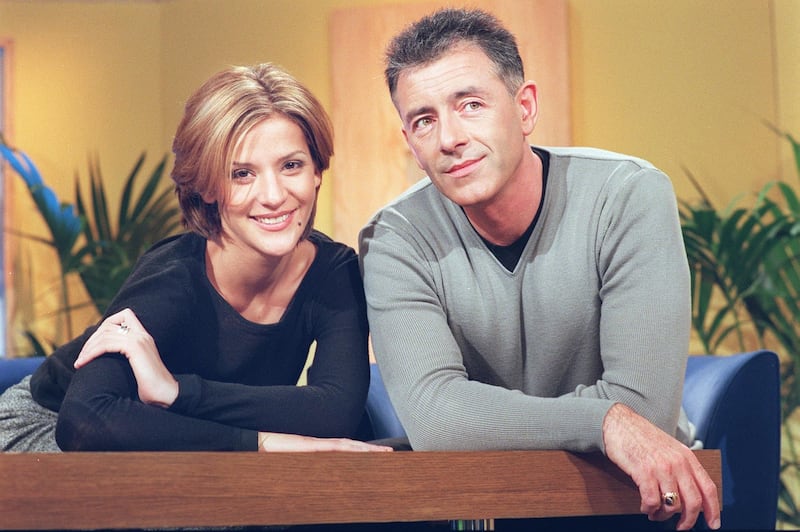
"It was very much us against the world," says Elaine Crowley, who first freelanced for TV3 aged 22 and was soon "filling in the gaps" on the news and Ireland AM. Politicians would keep them dangling, she says, recalling a five-hour wait at the Department of Education. "We were very much the poor relation then."
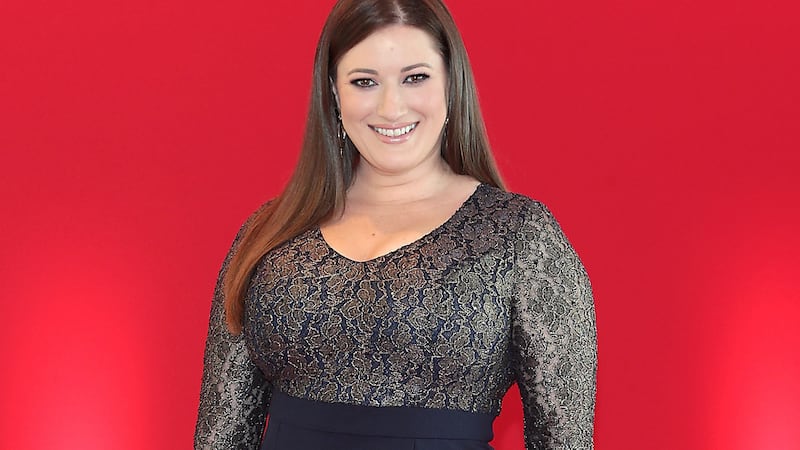
She shadowed Claire Byrne on her first day and filed her first news report - “one of the fluffy ones” - two days later. TV3 was a pitch in or bail-out kind of gig. “You didn’t say ‘that’s not my job, I’m not doing it’,” she says. It could be frenzied, too. “We didn’t ever fall off air, but we came close.”
On September 11th, 2001, Seoige was presenting what was meant to be a one-minute news update directed by Ní Chaoindealbháin when news broke that a plane had crashed into the World Trade Center in New York. “We thought it was an accident at first,” says Ní Chaoindealbháin. When it became apparent that it wasn’t, talk show Ricki Lake was pulled. “We stayed on air for seven and a half hours. We had never done anything like that before.”
At TV3, unlike RTÉ, you could find yourself in a position of responsibility at a young age. "RTÉ was a closed shop back then," says Crowley. Claire Brock, who now presents Virgin Media News's 8pm update, remembers hot-desking during a 2002 work placement in the tight space where the news, Ireland AM and Sports Tonight were all made and thinking opportunities were lurking.

The news, sport and Ireland AM presenters became the collective face of the channel because otherwise its home-produced programming was scant. The early criticism that TV3 was adding little to Irish cultural life was valid. It was home to glossy imports: it was where you went to hear Kim Cattrall say "c***" in Sex and the City. It costs money to make television shows and as its Canadian managing director Rick Hetherington was swift to remind people, TV3 did not get a cent from the licence fee. Only occasional flickers prompted reappraisals: a young economist called David McWilliams used Sunday current affairs vehicle Agenda to start his media career, and there was an Irish version of The Weakest Link with Eamon Dunphy, though when the axe fell after its sponsor withdrew, the headlines wrote themselves.
George Best visit
It had sports rights even then: King remembers the emotion of meeting childhood hero George Best when he was a star pundit booking in 2003. So many TV3 people wanted to meet Best, they had to bring him into the make-room and lock the door. “And I was fortunate enough to be inside the make-up room when they locked it,” says King. They talked for 20 minutes. “I went outside afterwards, and sat in the car and cried.”
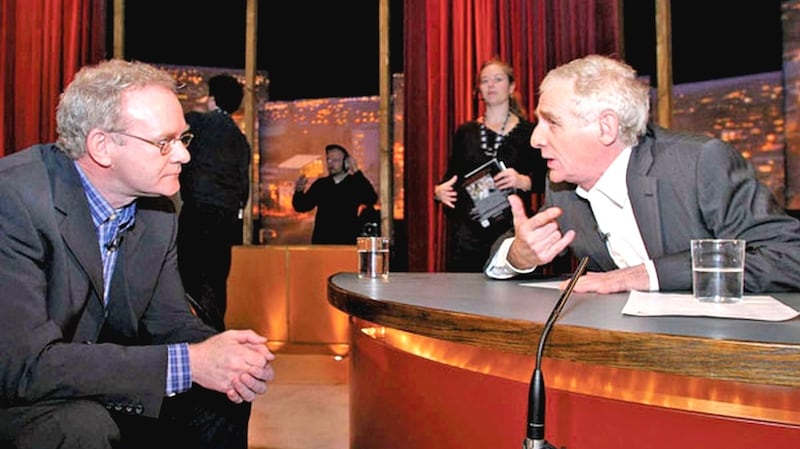
Week in, week out, its biggest draws became the Granada-produced soap operas, Coronation Street and Emmerdale, which switched from RTÉ to TV3 after Granada bought a 45 per cent stake in 2000, buying out ACT and taking 10 per cent off the Windmill consortium. TV3 grew in confidence. By 2003, it was bold enough to schedule The Dunphy Show against RTÉ's Late Late Show juggernaut. Though it failed, the attempt was symptomatic of Ballymount's brio, even in a year when it blamed its 13 redundancies on RTÉ's "unrestricted use" of public funds.
Three years later, TV3's ownership changed entirely. Out went CanWest, Granada and the Windmill consortium, in came London-based private equity group Doughty Hanson. The new owners believed they could ride an upward curve in advertising revenue, then sell TV3 on at a profit - it was, after all, the second most-watched channel after RTÉ One. The deal, which valued TV3 at a whopping €265 million, would be partly facilitated by debt provided by Anglo Irish Bank. What could possibly go wrong?
The new chief executive was Dubliner David McRedmond, now the boss of An Post, then an Eircom executive with media in his blood. McRedmond had ambitions for TV3, and he was hiring. Ben Frow, a Londoner with priors at Channel 4 and 5, arrived as director of programming with vibrancy, good instinct and a point to prove.
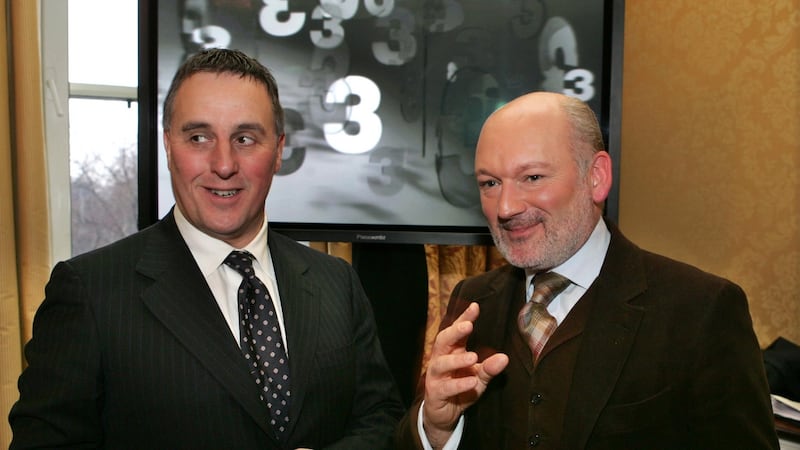
Frow added Midday and The Morning Show to the daytime schedule, making TV3's cramped single studio work even harder. Later, he commissioned the multi-sponsored Irish version of The Apprentice from Larry Bass's Screentime ShinAwiL, later still, he delivered Tallafornia, dubbed "both compulsive and repulsive viewing" in the Seanad. By 2008, TV3 had started to excel at being cheap-and-cheerful. It was a multi-channel group, having picked up the digital Channel 6 (later 3e) for spare change. And it had a brand.
But what would prove to be a long, morale-denting recession was beginning to make Doughty Hanson’s swoop look foolish. There were more redundancies, first voluntary, then compulsory. TV3, never big payers, never a negotiator with unions, cut wages. Its workforce was accustomed to operating on a shoestring. Now they were scrabbling around to find that shoestring.
"It was really, really difficult," says Crowley. She became both presenter and producer of Midday, by then a daily all-female panel show emanating a down-to-earth frankness that resonated with the daytime audience. "I had one researcher for half a day," she says. This isn't how TV shows are usually made. "I was the weekend news anchor and weekend news came to halt," recalls Brock. It would be almost a decade before it returned.
Late-night TV
In true TV3 style, good things coincided with the miserable. Tonight with Vincent Browne had established itself as anarchic, rambling, barking late-night TV for which Twitter users created the hashtag #vinb, and as the State lurched into its economic bailout, it was essential. In 2010, a year when many were too broke to do anything except watch television, TV3 recorded what was then its highest ever ratings, as 930,500 people devoured The X Factor final.

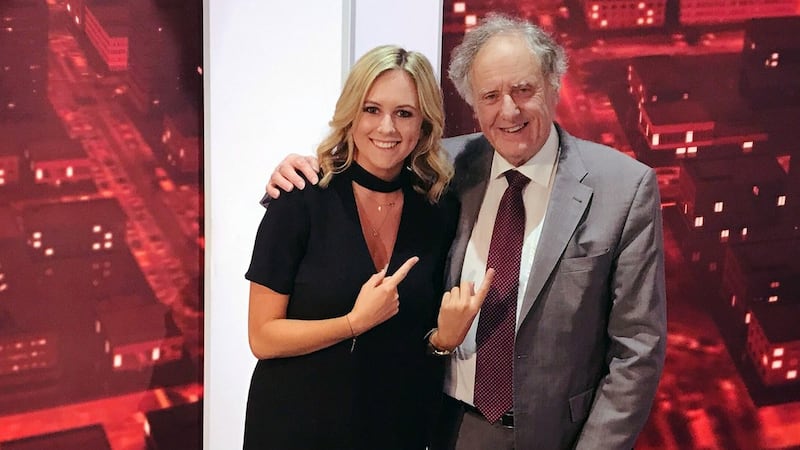
Led by McRedmond and commercial director Pat Kiely who had been there since the start, TV3 did what it could to survive. It wasn't always edifying, as the furores surrounding Play TV and Psychic Readings Live proved, though some innovations would scarcely be blinked at now. In 2011, Kenco-branded coffee mugs were given pride of place on TV3's daytime shows in the Irish industry's first ever product placement deal. "I felt guilty that I didn't drink coffee, so I started. Now I can't stop," says Crowley ruefully.
Near the end of 2012, no amount of caffeine could disguise the tension. “I’m fed up of saying we do a brilliant job with limited resources,” McRedmond told a conference marking 50 years of Irish television. “I want to be able to say we’re doing a terrible job with loads of resources.” Frow said it had been a “brutal, brutal, brutal” year, after which he returned to the UK.
But TV3 was still alive. Kiely was eyeing a bounceback in advertising in a fast-splintering market, McRedmond joked about having "a collection on the way out" to equip a big HD studio, a future-proofing gamble under construction near TV3's existing premises. The State-owned Anglo had "parked" a €81.1 million loan and Doughty Hanson would later buy back TV3's debt. Alas, just as the outlook should have improved, along came Belfast's UTV Media with its grand plan to open a channel in the Republic, its rather familiar business model based on snatched rights to the same soaps that had been TV3's commercial mainstay.
TV3, as ever, talked a great game. "We entertain," was its line. It had commissioned its own soap, Red Rock, and was soon splurging on rights to the 2015 Rugby World Cup, which would set a new ratings high (an average of 1.15 million watched France v Ireland). But 2015 was another rollercoaster. Audiences overall were down, revenues wobbled. Red Rock was brisk and funny, and brilliantly Irish, but it wasn't a banker like the long-running UK soaps. New shows were announced but never made.
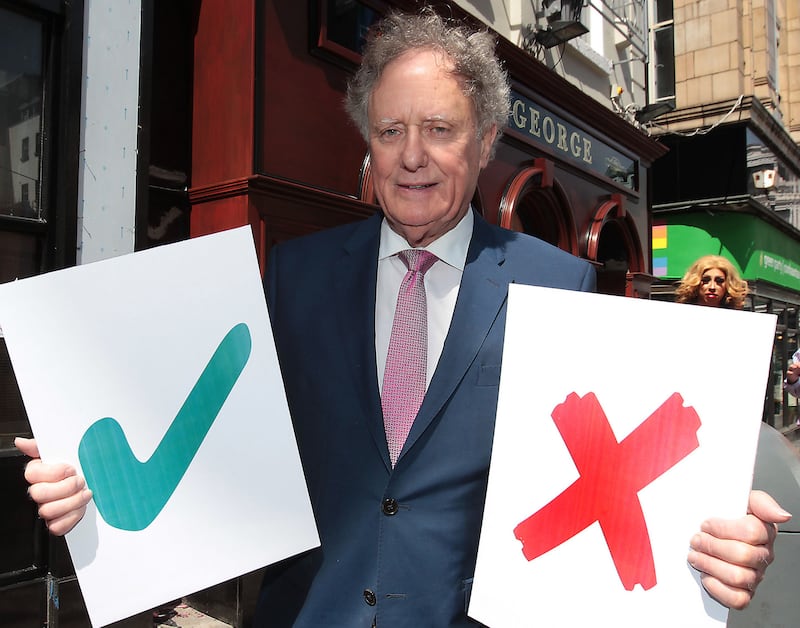
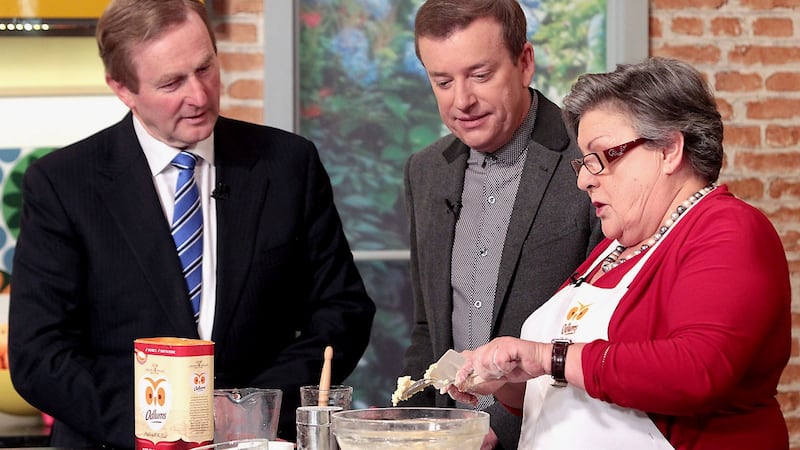
Rescue came that July: cable giant Liberty Global, controlled by US billionaire John Malone, agreed to buy TV3 from Doughty Hanson for €87 million through its subsidiary UPC Ireland, now known as Virgin Media. Shortly before the deal closed, TV3 outbid RTÉ for Six Nations rights, while a year later, Virgin added TV3's temporary nemesis UTV Ireland to its portfolio. A dramatic reversal of fortune was complete. Liberty Global has since invested "€10 million-€15 million" in what it admits is "very small" capital expenditure compared to the sums pumped into its broadband networks, but still enough, claims Liberty boss Mike Fries, to have "really moved the needle".
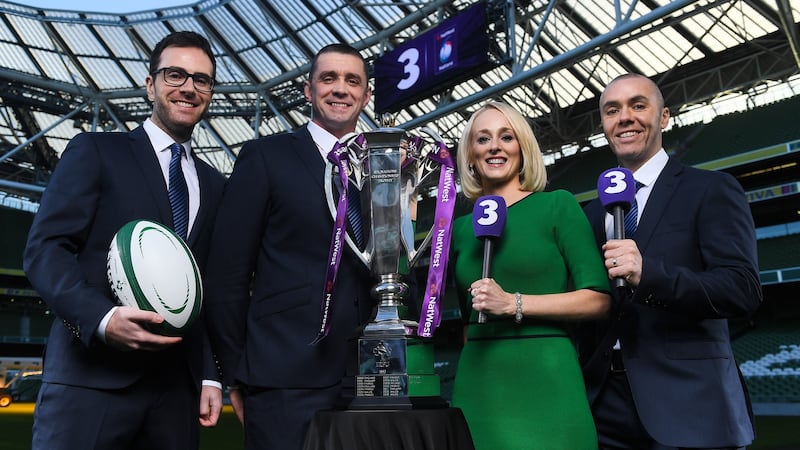
It fell to Kiely, the day-one stalwart who has been managing director since the Virgin deal, to bound on stage at a glitzy TV3 event in June to confirm that TV3, after all the highs “and our fair share of lows”, was becoming Virgin Media One, the oldest channel in what is now, with the launch of Virgin Media Sport, a four-channel group. Out went TV3’s purple hues, in came Virgin red. But despite the might of Liberty - “a huge, huge international corporate business,” as King puts it - the old underdog spirit lingers. The word “family” is used a lot.
"We are still a family, it's just the outside that's different. It's just gone from purple to red," says Cassie Stokes, the newest presenter on fashion and entertainment show Xposé.
‘You do four people’s job’
Her TV3 story seems to encapsulate the fun and the rush of broadcasting, starting from the school work experience she enlivened by texting a friend whenever she was about to walk behind the old news studio's glass window. A promotions assistant at 19, Stokes recalls a screen test for 3e's FYI in which she had to control the autocue with her foot. "I thought, 'how am I going to do this?' It was terrifying." Politics wasn't her thing, but she became friends with Browne and "he kind of doesn't let you say no", so onto #vinb she went to help him with "the tweet machine" - far scarier, she says, than any A-list interview.
Stokes emigrated for a period, working for a Canadian network once owned by TV3’s original backer Canwest, which had collapsed in 2009. In Toronto, they were bemused by her desire to do everything, but that was what she knew. “In TV3, you do four people’s job.”
Ballymount has long been a feeder employer for Montrose, but traffic goes the other way now too. Aoife Stokes (no relation to Cassie) was a fast-rising RTÉ producer in 2017 when Bill Malone, once her boss on The Late Late Show, by then TV3's director of programming, brought her in as head of factual. She identifies "tone of voice" as one of her missions for Virgin's output. "Factual does not equal misery," she says. "In the darkest places, there are laughs."
From the outside looking in, it always impressed her how nimble TV3 could be. “They could do things overnight,” she says. “And since I came here, I can’t believe the energy and the momentum. I can’t believe the spark that is out here.”
Brock and Ní Chaoindealbháin left TV3 at different times, but both came back when it inherited UTV Ireland. Returning was “like seeing a friend you haven’t seen for a while”, says Brock. Now she finds herself in a “bright, sparkly new news studio”, the product of what Ní Chaoindealbháin calls the “hard-fought” investment secured from Virgin.
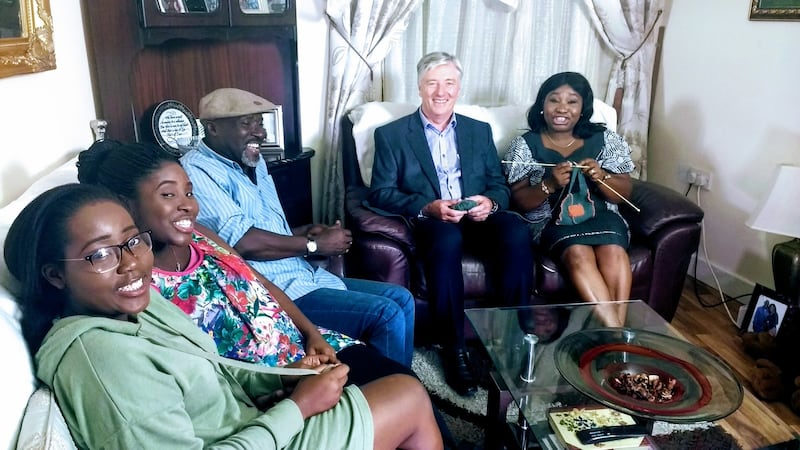
“The last 18 months have been a whirlwind,” says Ní Chaoindealbháin. The 8pm news bulletin is “a statement of intent” in a year when “all our percentages are up”. There are plans for augmented reality and Ultra HD. “When the team hear what we’re doing, they hear longevity,” she says. What’s been your craziest moment? “I think it’s still happening now.”
For Crowley, host of the eponymous Elaine, the end of the TV3 name was not without sadness. "Ah, yes. It's been my second home," she says. But there is also much excitement. On the 20th, TV3 - sorry, Virgin Media One - will look back at "the good, the bad and the ugly" of its history. "It's weird to have these flashbacks. It's so nostalgic," she says. "It's been incredibly tough, but we've also been incredibly lucky."
